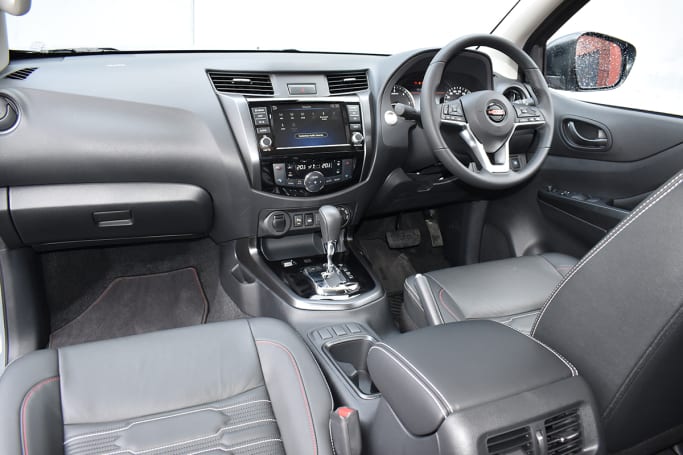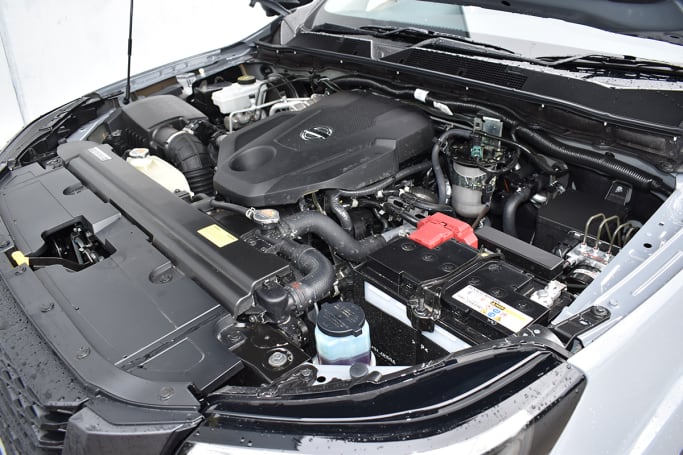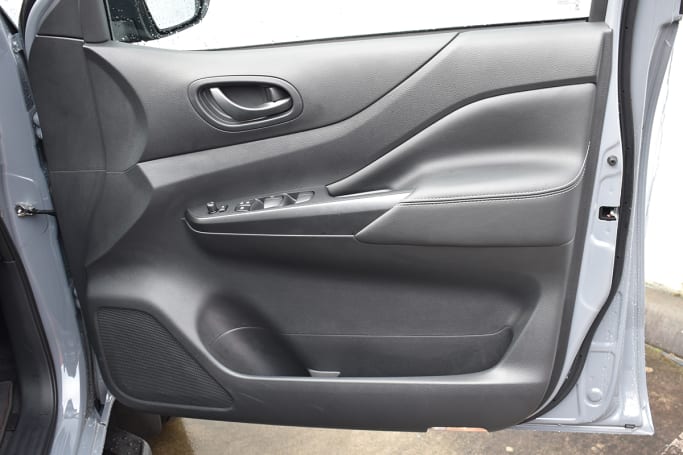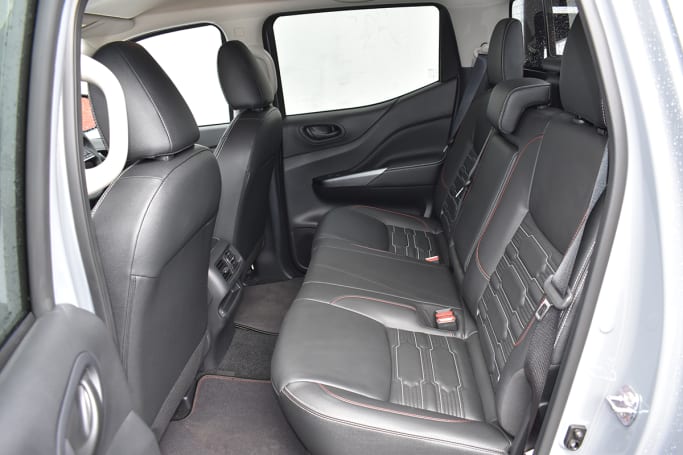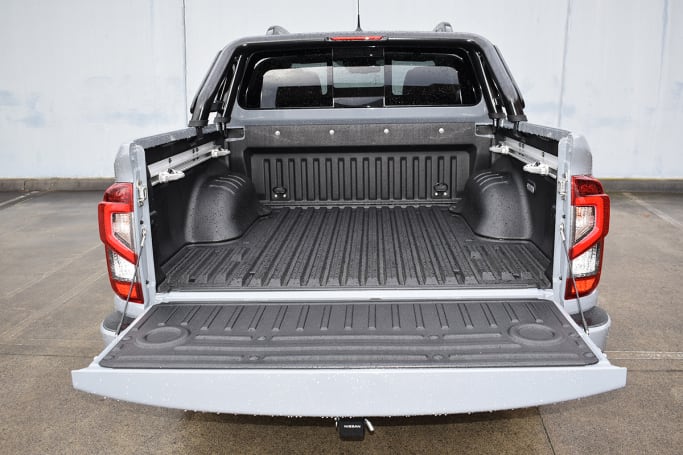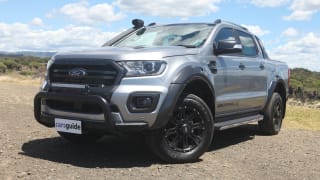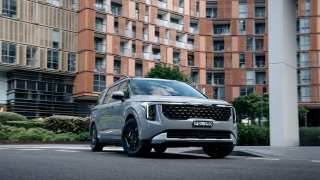The PRO-4X comes standard with Nissan’s premium 2.3-litre twin-turbocharged four-cylinder turbo-diesel engine and six-speed manual transmission, but our test vehicle is equipped with the optional seven-speed automatic for a list price of $60,630.
That undercuts range-topping 4x4 dual-cab rivals like the Ford Ranger Wildtrak ($66,090), Toyota HiLux Rugged X ($69,990) and Isuzu D-MAX X-Terrain ($63,900), but is considerably more than Mitsubishi’s bargain-priced Triton GLS Premium ($52,790). Our test vehicle’s Stealth Grey is a premium paint option available at extra cost.
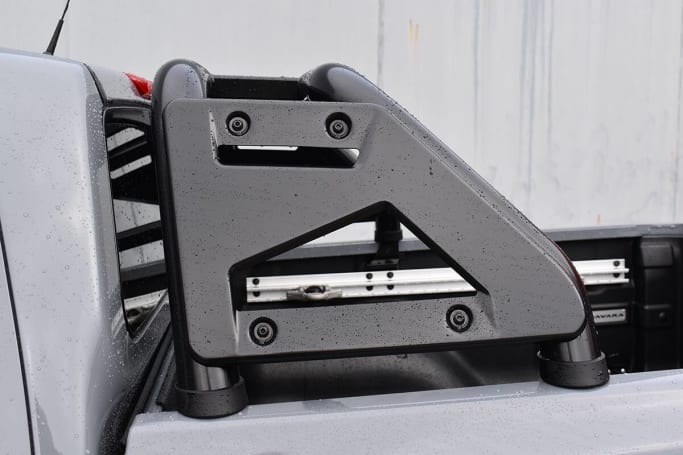
The PRO-4X is essentially an ST-X with unique features that are either in addition to or replace existing ST-X equipment. With an emphasis on black, these include 17-inch PRO-4X black alloy wheels with 255/65 R17 Yokohama Geolander all-terrain tyres and full-size steel spare, black double-tube stainless-steel sports bar with sail panels, plus black wheel-arch flares, roof rails, door handles, door mirrors, side steps and grille. Inside are unique floor mats and leather-accented seats, with distinctive contrast stitching and embroidered PRO-4X logos.
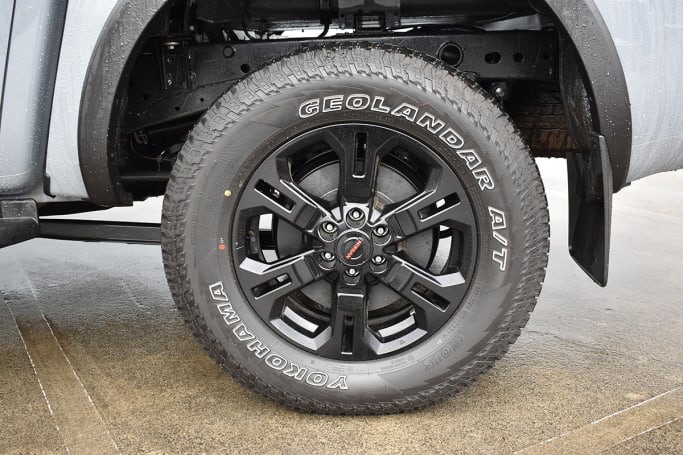
Being based on the richly-equipped ST-X means the premium PRO-4X comes loaded with useful gear as standard including a 3500kg tow-bar, slide-adjustable cargo anchorage system in a fully-lined load tub, six-speaker infotainment system with 8.0-inch touchscreen, Apple CarPlay/Android Auto and digital radio, reversing and 360-degree cameras, dual-zone climate, leather-accented steering wheel and shifter, tyre pressure monitoring, four USB ports, two 12-volt accessory outlets and lots more. However, the absence of adaptive cruise control and front parking sensors is conspicuous at this model grade.
